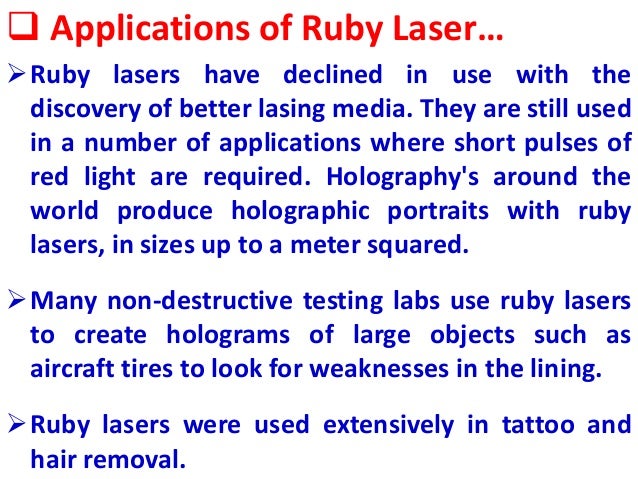Laser light begins when an excited and unstable electron moves from its unstable state back to a more stable state producing energy in the form of a photon. laser light is coherent which means that the light waves move in phase together in space and time. laser light is monochromatic which means it …. The laser targets into the "big" chunks of metallic particles of the ink so that it splits them into much smaller such that the body can expel them (through white cells maybe). in the end the tattoo is basically removed from the urine system. this is a video explaining the above in detail by the youtube program "smarter every day".. The physics of lasers the laser is perhaps one of the most fundamental and widely used inventions of the twentieth, and even the twenty-first century. based on theoretical work by charles hard townes and arthur leonard schawlow, the first working laser was built in 1960 by theodore maiman at hughes research laboratories..
Laser physics blueprint. a basic understanding of laser physics is at the core of good laser treatments. this course imparts thorough knowledge about basic science of lasers, laser terminology, parameters ,laser tissue interactions . laser physics blueprint. 3000 inr. $ 55. what you will learn.. Unit –i laser engineering physics introduction laser stands for light amplification by stimulated emission of radiation. the theoretical basis for the development of laser was provided by albert einstein in 1917. in 1960, the first laser device was developed by t.h. mainmann. 1.. Laser, a device that stimulates atoms or molecules to emit light at particular wavelengths and amplifies that light, typically producing a very narrow beam of radiation.the emission generally covers an extremely limited range of visible, infrared, or ultraviolet wavelengths. many different types of lasers have been developed, with highly varied characteristics..


0 komentar:
Posting Komentar